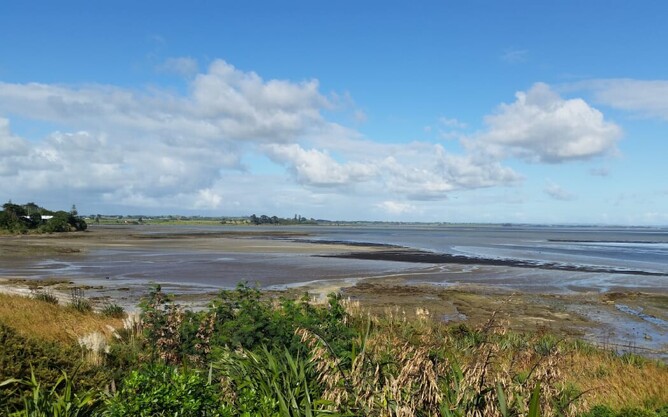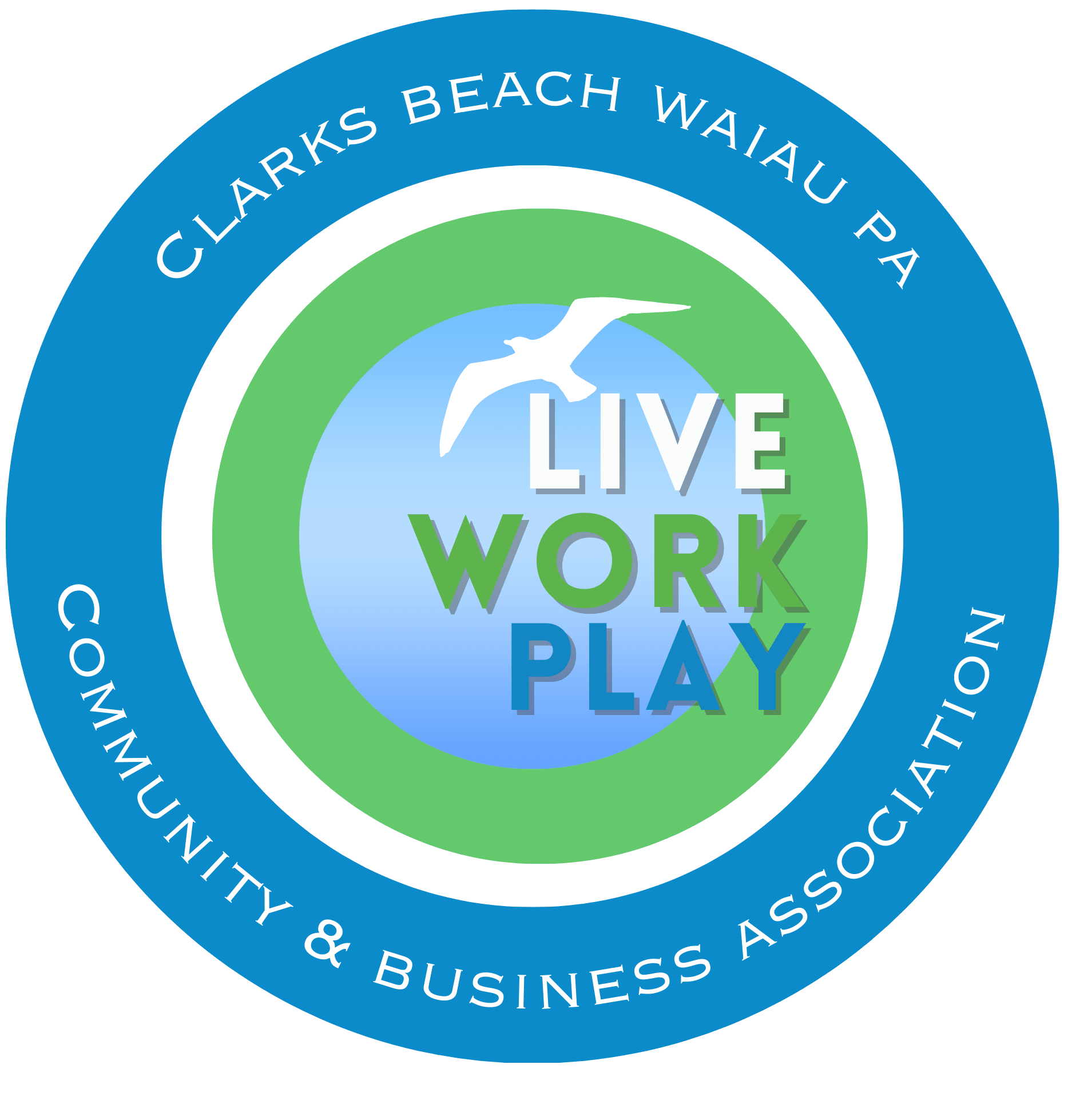Renewal of discharge consents for NZ Steel. Commenting closed in early August on NZ Steel’s resource consent application to continue to discharge to the harbour and the coastal marine area for the next 35 years material resulting from the manufacture of iron and steel products, and associated activities at its Glenbrook plant. The pile of documents submitted as part of the process is large!
One interesting element of it is that NZ Steel have submitted that the encroachment of mangroves is imperilling roost sites for wading birds, and that a condition of the consent should be that they are required to redress this problem. To quote from the submitted documents, “High tide roost sites in the Waiuku Estuary are currently under threat from mangrove encroachment. If roost sites become overgrown with vegetation, the line of sight (to predators) is impacted and the site becomes unfavourable for use by coastal birds during roosting periods. “
Rejuvenation of seagrass meadows.
Seagrasses are flowering marine plants that evolved on land and then adapted to life in the ocean. They form extensive meadows in intertidal and shallow subtidal coastal environments. We are fortunately endowed with them in the Manukau Harbour, and have this year seen a lot of debris from them washed up on our beaches.
Seagrass meadows are very special environments. They support biodiversity and food security, regulate water quality and mitigate climate change by sequestering carbon. But meadows can be threatened by poor water quality due to sedimentation and nutrient enrichment, and dredging. Because of these risks, there have been global efforts to understand natural recovery of seagrass meadows. Cawthron Institute in Nelson, one of the leaders in the marine science field in NZ, has published their ‘Blueprint for seed-based seagrass restoration in Aotearoa New Zealand’, aimed at providing an easy to use, step-by-step guide for those with an interest in seagrass restoration. Restoration projects around the world have successfully used direct sowing of seed; recent Cawthron research has shown that it is a fallacy that New Zealand’s only seagrass species, Zostera muelleri, does not flower extensively. Their team has successfully managed to germinate the seeds and develop seed-based restoration techniques.
The blueprint covers how to plan and carry out seed-based seagrass restoration including collecting flowers, extracting, storing, germinating and sowing seeds, and monitoring restoration success.
Microplastics in coastal environments.
The Seafloor Ecology Lab Group at University of Auckland has a project to understand the effects of microplastic pollution of coastal seafloor ecosystems. As part of this they are looking at the Manukau Harbour coastal area bordering Seagrove Rd, focussed on the consequences of vehicle tyre wear. Seventy-eight percent of ocean microplastics are synthetic tyre rubber, according to a report by the Pew Charitable Trust. As vehicles traverse roads, friction generates particulate matter containing microplastics, heavy metals such as copper, lead and zinc, and a range of chemicals which pose potential threats to marine ecosystems. These materials are washed from our roads, eventually into the harbour – Clarks Beach residents will be aware of the flows of stormwater across the beach at Wilsons, Halls, Knights and Bradley Accesses after heavy rainfall.

